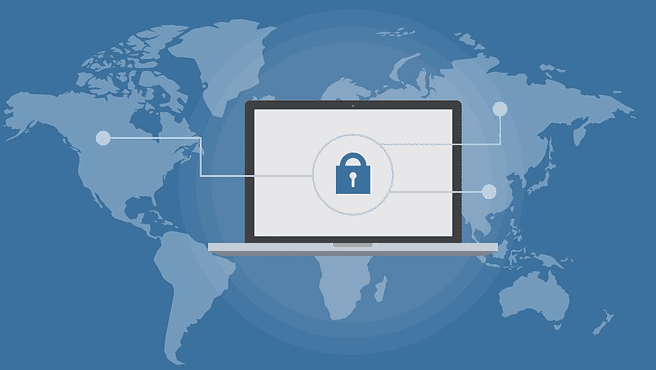The idea that Google spies on its users is nothing new. For example, you Google toasters, and for the rest of the day, you won’t stop seeing ads for a toaster on Amazon. Publicity is Google’s main thing. Now, instead of using third-party cookies to see what we’re doing, we’re going to have to deal with Privacy Sandbox.
Privacy Sandbox eliminates the need to track users using third-party cookies. Privacy Sandbox is still in the early stages. Still, Google is not going to take volunteers, but it’ll make users participate. Those who participate (a small group of Chrome users) will be revealing more data about their activity and how they use the browser.
Contents
What Chrome Privacy Sandbox Also Does
The sites that are prepared to work with this characteristic will not only be able to know the user’s unique ID, but thanks to that ID, they can know the user’s browsing history for the entire week. So, Google themselves will let the sites know what you like so they know what type of ads to show you.
In other words, Privacy Sandbox is Floc or Federate Learning of Cohorts. FLoc will run on Chrome and study the user’s online habits. Once Chrome has an idea of what category you fall into, it’ll place you in a cohort with other Chrome users that have similar browsing habits as you.
How to Disable Chrome Privacy Sandbox
The good news is that if you don’t feel like participating in this trial, you can always disable the option in Chrome Settings. To got Settings, click on the dots at the top right and click on Settings.

Once you’re in Settings, click on Privacy and Security on your left. Under Site Settings will be the Privacy Sandbox option.

If you’re in a reading mode, Google will show you some text on Privacy Sandbox. But, if you feel like skipping all that, the option to toggle it off is near the bottom. That’s all there is to it.
Conclusion
Google has its way of collecting data without us even noticing. If you can do something to stop it, well, it’s your choice if you use that way out or not. With Privacy Sandbox, Google gives its users the option to toggle it off. Do you think turning this off actually helps? Share your thoughts in the comments below, and don’t forget to share this article with others on social media.





I turned sandbox off now no internet can’t go anywhere on my computer.
Other than this, to avoid data leaking and ‘ninja-style intruder’ is to disable certificate related to study, research, administration, commerce, etc; on device Privacy Setting.
Nearby Share seems like self-working as Media Transferring Protocol (MTP) using Bluetooth Low Energy (BLE) and/or Wifi Network even not turning BT/Wifi on, all have to do is change its transfer mode to offline and turn off its notification.
See also..
AppEnabler
Google Finsky/Finspy (PlayStore file)
Google LGAAY (Google Service Framework file)
TikTok Gateway (Google Dialer)